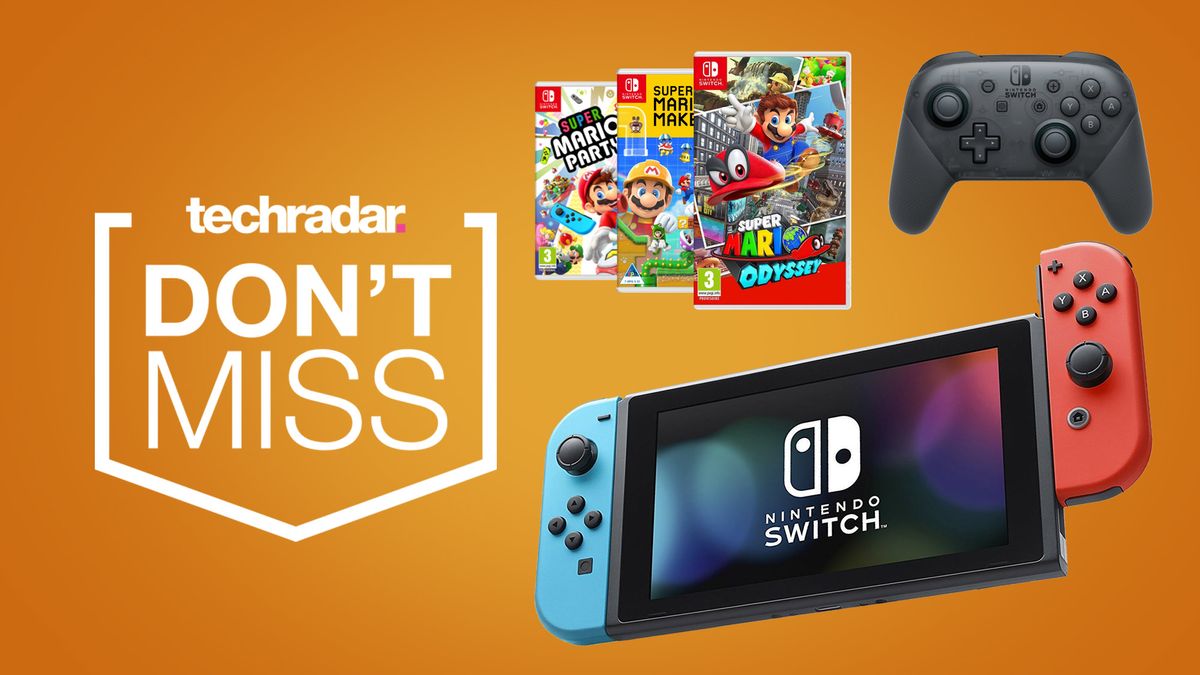How Game Developers Approach Saving on the Nintendo Switch
The Nintendo Switch gives developers flexibility in how they implement saving progress for their games. With such a variety of titles, no single approach fits all. Let’s explore how different Switch games handle autosaving and manual saving.
Mario Kart 8 Deluxe Uses Timed Saves Wisely
Mario Kart 8 Deluxe employs timed saving to mark certain milestones like winning a Grand Prix cup. This ensures the game accurately tracks a player’s overall score and global standing without disrupting individual race stats. While races themselves are not automatically saved, the developers at Nintendo found strategic moments to log scoring updates without interfering with pure racing fun. Timed saves provide a balanced method for an arcade racing game where quick pick-up-and-play sessions are common.

Breath of the Wild Blends Timed and Random Saves Masterfully
Few Switch games exemplify the creative use of different save methods like The Legend of Zelda: Breath of the Wild. Nintendo employed a hybrid system with both random and timed autosaving to seamlessly track Link’s adventures across Hyrule. At unpredictable intervals, the player’s position and inventory would be stored to minimize lost progress from unexpected interruptions. Entering noteworthy places triggered convenient timed saves as well. By blending the benefits of randomness and predictability, Breath of the Wild established the gold standard for seamless saving in open-world games.
Monster Hunter Rise Relies on Manual Saves Responsibly
Capcom took a different approach with Monster Hunter Rise by requiring manual saves selected by the player. With its focus on co-op hunting expeditions of increasing difficulty, Monster Hunter Rise gave players agency over their save points. This prevented unwanted overwrites during multiplayer sessions. At the same time, the developers ensured saving was quick and painless through campsites located across the maps. By providing frequent save spots and avoiding automation, Capcom empowered hunters to manage their progress as suited their playstyles.
Pokémon Lets Players Sync Saves Across Devices Smoothly
The Pokémon franchise strives to facilitate seamless saving across devices for its many portable entries. In Pokémon Sword and Shield, players can synchronize saves wirelessly between the Nintendo Switch console and Nintendo Switch Lite using pokemonhome.com. This novel feature allowed trainers flexibility in where they adventure through the Galar region. Behind the scenes, Game Freak programmed automatic uploading of game data to keep different systems in perfect sync, removing friction for players hopping between devices. No other series empowers such freedom of save mobility.
Indie Hits Take Novel Approaches to Saving
Collection of Mana employs strategic timed saves at campfires and boss encounters to track progress through random dungeons. Meanwhile, Dead Cells relies only on strategically placed manual save points before particularly treacherous enemy encounters or platforming challenges. Both games use saving approaches tailored exactly to suit their roguelike design philosophies. Developers creating indie hits prove saving does not need to follow rigid rules and can creatively enhance specific gameplay styles.
Online-Focused Games Must Sync Saves Constantly
Games incorporating substantial online elements like character progression necessarily integrate persistent autosaving to keep all players in sync across devices and sessions. Titles fitting this model include games-as-a-service hits like Fortnite and multiplayer-focused experiences like Splatoon 2. Behind the scenes, their developers programmed saving at frequent, regular intervals to maintain seamless synced gameplay. With online data constantly updating, autosaving was the sole viable option to keep all users on equal footing. Games dependent on connectivity require consistent saving to function properly.
Developers Clearly Communicate Each Game’s Saving Approach
While some experiments like Breath of the Wild push boundaries, most Switch games apply saving methods conventionally. But with such diversity across genres, it is unsurprising different rules apply for various titles. Developers helpfully ensure front-and-center communications about their chosen approach, whether centered on timed, random, or manual paradigms. Players need this information upfront to manage their game sessions effectively. The Switch ecosystem thrives thanks to such transparency empowering users of all abilities to engage saving appropriately for each experience. In conclusion, the Nintendo Switch affords developers freedom in crafting diverse save systems tailored precisely to their designs. No singular method fits all as evidenced by the many creative solutions adopted. But open communication keeps players informed and in control regarding their progress. Ultimately that flexibility enables the library’s wonderful variety while respecting user preferences.